Emperor Ashoka
Chakravarti Samrat Ashoka, Ashoka belonged to the Maurya dynast
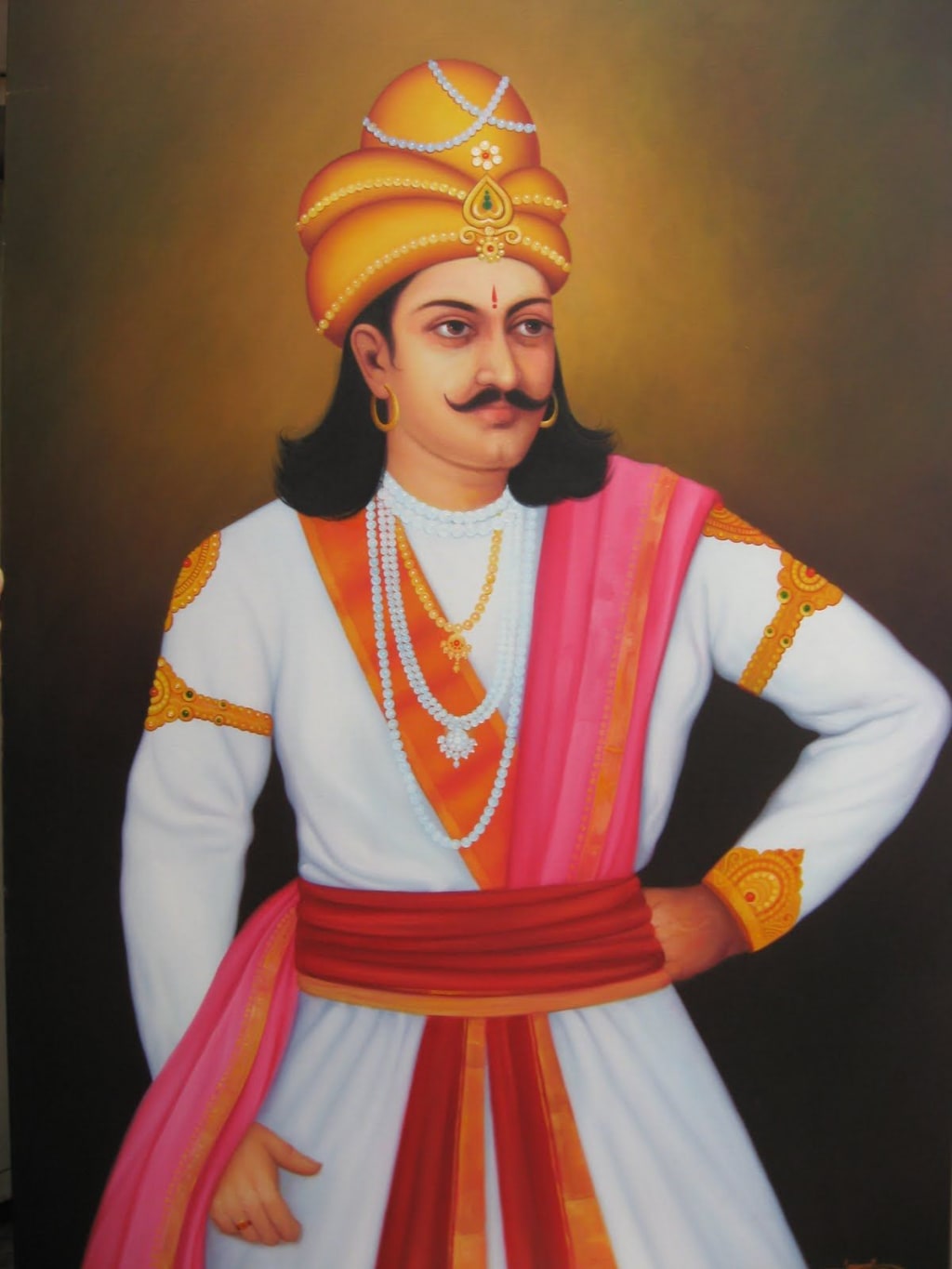
Referred to as Chakravarti Samrat Ashoka, Ashoka belonged to the Maurya dynasty and was the grandson of Chandragupta Maurya, the founder of the dynasty. He ruled almost the entire Indian subcontinent, with his empire stretching from present-day Afghanistan in the west to Bangladesh in the east. Once known for his ferocious warfare and merciless killings, Ashoka had a change of heart after witnessing the casualties of the Kalinga War, which he won, and converted to Buddhism. He spent the rest of his life preaching Buddhism and spreading the message of peace to the entire world. The Ashoka Chakra in the tricolour today is there in honour of Ashoka. The national emblem of India is an adaptation of the Lion Capital of the emperor.Ashoka, also spelled Aśoka, (died 238? BCE, India), last major emperor of the Mauryan dynasty of India. His vigorous patronage of Buddhism during his reign (c. 265–238 BCE; also given as c. 273–232 BCE) furthered the expansion of that religion throughout India. Following his successful but bloody conquest of the Kalinga country on the east coast, Ashoka renounced armed conquest and adopted a policy that he called “conquest by dharma” (i.e., by principles of right life).
In order to gain wide publicity for his teachings and his work, Ashoka made them known by means of oral announcements and by engravings on rocks and pillars at suitable sites. These inscriptions—the rock edicts and pillar edicts (e.g., the lion capital of the pillar found at Sarnath, which has become India’s national emblem), mostly dated in various years of his reign—contain statements regarding his thoughts and actions and provide information on his life and acts. His utterances rang of frankness and sincerity.According to his own accounts, Ashoka conquered the Kalinga country (modern Orissa state) in the eighth year of his reign. The sufferings that the war inflicted on the defeated people moved him to such remorse that he renounced armed conquests. It was at this time that he came in touch with Buddhism and adopted it. Under its influence and prompted by his own dynamic temperament, he resolved to live according to, and preach, the dharma and to serve his subjects and all humanity.

Ashoka repeatedly declared that he understood dharma to be the energetic practice of the sociomoral virtues of honesty, truthfulness, compassion, mercifulness, benevolence, nonviolence, considerate behaviour toward all, “little sin and many good deeds,” nonextravagance, nonacquisitiveness, and noninjury to animals. He spoke of no particular mode of religious creed or worship, nor of any philosophical doctrines. He spoke of Buddhism only to his coreligionists and not to others.
Toward all religious sects he adopted a policy of respect and guaranteed them full freedom to live according to their own principles, but he also urged them to exert themselves for the “increase of their inner worthiness.” Moreover, he exhorted them to respect the creeds of others, praise the good points of others, and refrain from vehement adverse criticism of the viewpoints of others.
To practice the dharma actively, Ashoka went out on periodic tours preaching the dharma to the rural people and relieving their sufferings. He ordered his high officials to do the same, in addition to attending to their normal duties; he exhorted administrative officers to be constantly aware of the joys and sorrows of the common folk and to be prompt and impartial in dispensing justice. A special class of high officers, designated “dharma ministers,” was appointed to foster dharma work by the public, relieve suffering wherever found, and look to the special needs of women, of people inhabiting outlying regions, of neighbouring peoples, and of various religious communities. It was ordered that matters concerning public welfare were to be reported to him at all times. The only glory he sought, he said, was for having led his people along the path of dharma. No doubts are left in the minds of readers of his inscriptions regarding his earnest zeal for serving his subjects. More success was attained in his work, he said, by reasoning with people than by issuing commands.
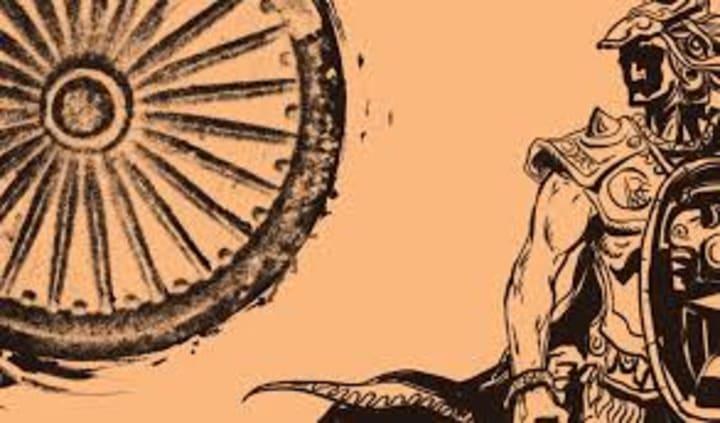
In the history of the world, emperor Ashoka is one of the important figures. The Brahmins hated him so much that his name was erased from the history of India. His name was untouchable for the people of India for a long time. Only when the British archaeologists discovered, the glorious history of Buddhism in India and eventually Ashoka, he was exhumed from the debris of Brahminical onslaught on Buddhist India. The Brahmins never leave any opportunity to malign this great man, whom Charles Allen, in his biography of Asok, called him the founding father of India.
In the literary fest, Tewari of RSS said that Ashoka was not great and his grandfather, Chandragupta Maurya, was great because he was counselled by Chanakya. Now history has it that the name Chanakya is appended to many figures in India, thus creating doubts over the historicity of his existence. Chandragupta Maurya was great, not because, he was the son of a slave, but he really unified a larger mass under his patronage, and eventually become a Jain. The fundamental question remains if he was so influenced by Brahmin Kautilya, why did he choose to become Jain?
Let the Brahmins answer that question. But the way they are maligning the greatest emperor in the history of the world, Ashoka, it must be something that he might have done to irritate Brahmins so much. Ashoka did not slaughter Hindus in the Kalinga war because that time Hindhuism did not exist. The Brahminism was not consolidated. That was the time when the Das and Kammakars (the working classes) were at ascendency. But the Brahmins were out to fool people. Ashoka stopped the Brahmins from performing Yagya and Yagas. According to Babasaheb Ambedkar, the post-Ashokan period saw the steady decline in the power of the Brahmins and the rule of Bahujans was established. Ashoka, however, did not kill the Brahmins, he also gave them grants like he. did to other religions.
But the Brahmins who lost their sway took the revenge by killing the grandson of Ashoka, Brihadrath, and the man who killed him was Pushyamitra Shunga, who beheaded peace-loving monks. What Ashoka did was extraordinary, he won the hearts of people by diplomacy and through the Dhamma. He truly established Buddha Sasana in the world. The Buddhist today owes so much to Ashoka for what he did for Buddhism.
Ashoka is important for the contemporary India for his four lions proclaim the fearless truth through India’s royal emblem. Maligning Ashoka tantamount to maligning the legacy of India’s glorious history, but the Brahmins were never concerned about India as a country, their policy even today divides the people on the basis of caste.
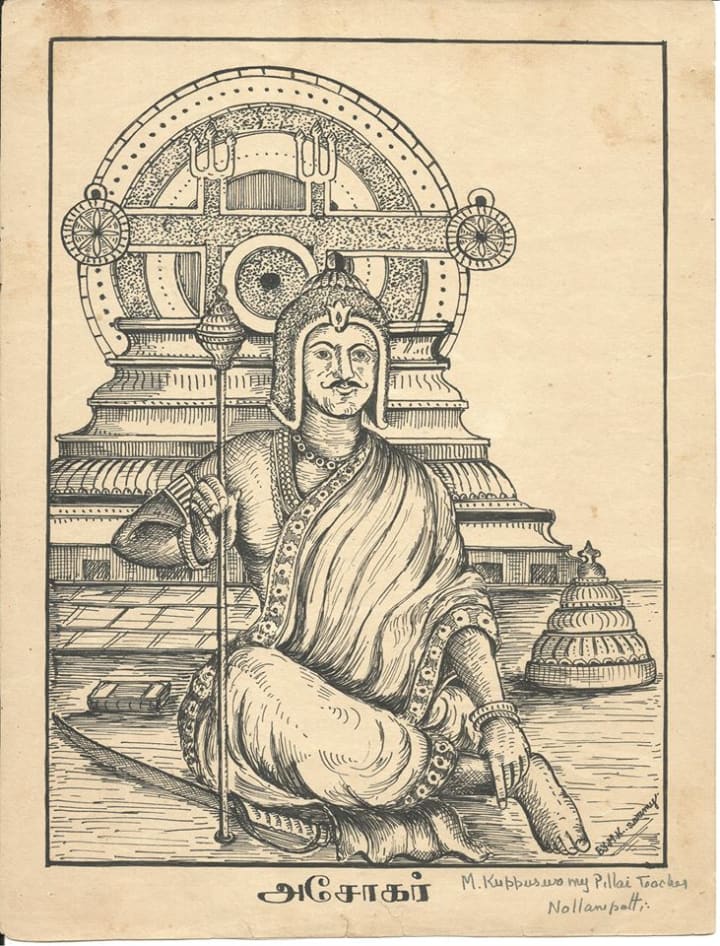
Rivers are called Ganga in Sri Lanka
Research paper written by London Swaminathan
Post No.1292; Dated 16th Sept. 2014.
This is my fifth research article in the Mahavamsa series.
River Ganges has been considered holy water from time immemorial. Sangam Tamil literature which is at least two thousand years old praised River Ganges in several verses.One of the second century kings Seran Senguttuvan came twice to Himalayas and the River Ganges for consecrating two statues. But we have earlier proof from Mahavamsa to indicate Emperor Asoka sent Ganga Jal (water of River Ganges) to his dearest friend in Sri Lanka.
Asoka and Devanapiya tissa – both had the title “Friend of the God (Devanam Priya)”. Both of them spread Buddhist doctrine. Both of them exchanged gifts. Mahavamsa says that Candala Asoka changed into Dharma Asoka. The same book reported that Asoka killed all his 99 brothers to become the king.When Devanampiya Tissa took over as the king of Sri Lanka several miracles happened. Gems came out on its own from the bottom of the earth. People reported such miracles from every part of the country and gave them to the king. Immediately he thought of presenting them to Emperor Asoka in India, who he never met. At one stage he sent his chief minister and Royal chaplain with more people with gifts to see Mauryan Emperor Asoka. He carefully selected the following gifts:
Three rarest gems
Eight types of pearls
Three jewelled bamboo stems
Right whorl conch
When Asoka received them he was wonderstruck with the gems of Si Lanka. He commented that he had never had anything like that in his life. Immediately he selected some articles to be sent to Devanampiya Tissa. One of them was Ganges water and another was water from a holy lake. He also sent him Dakshinaavarta shank ( auspicious conch shell). This type of shell is found in all the major Hindu temples of India where it is used for worship and bathing of the gods.
Following is the full list of gifs sent to his counterpart in Sri Lanka 2300 years ago:
Fan, Diadem, White Umbrella, Sword, Turban, Ear Rings, Sandals and Pitcher (all necessary of crowning or consecration as a king).
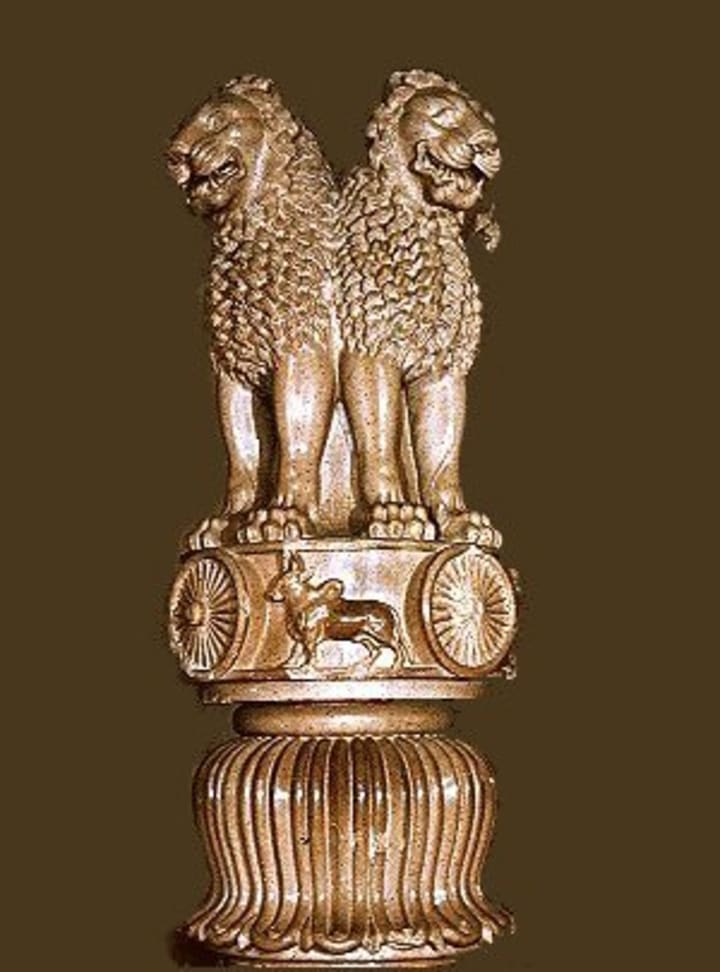
The splendid monolithic stone pillars on which many of Ashokan inscriptions are engraved, are among the masterpieces of Indian art, and the capital atop one of them, the Sarnath Pillar, inspired the use of back-to-back lions that is the Indian national emblem (shown in the picture above.) The 24-spoked Ashoka-chakra, which has found its way into the Indian national flag also a fine artifact of Ashoka's period. Ashoka (also sometimes transliterated as "Asoka"), the grandson of Chandragupta -- the founder of the Mauryan dynasty --and the son of Bindusara, came to the throne circa 268 B.C. and died approximately 233 B.C. He is chiefly known from his series of rock and pillar inscriptions, which are found scattered in various parts of India and provide important information about his reign and policies. After eight years of rule, he waged a fierce war against the kingdom of Kalinga (Orissa of today) and was so horrified at the carnage he had caused that he gave up violence and turned to Buddhism.
In his efforts to propagate Buddhism, Ashoka built shrines and monasteries and inscribed Buddhist teachings on rocks and pillars in many places. He sent missionaries to countries as remote as Greece and Egypt; his own son, a monk, carried Buddhism to Sri Lanka, where it is still the major religion. Despite Ashoka's vigorous exertions of faith, he was tolerant of other religions. The empire enjoyed remarkable prosperity during his reign.
Some Indian historians think that his policy of peace led to the downfall of the Mauryan empire, which fell apart after his death. He was soon largely forgotten by Indian tradition and only remembered in Buddhist circles as a great patron of the faith. With the deciphering of his inscriptions during the 19th century, he took his rightful place in world history as one of the most benevolent rulers of antiquity.
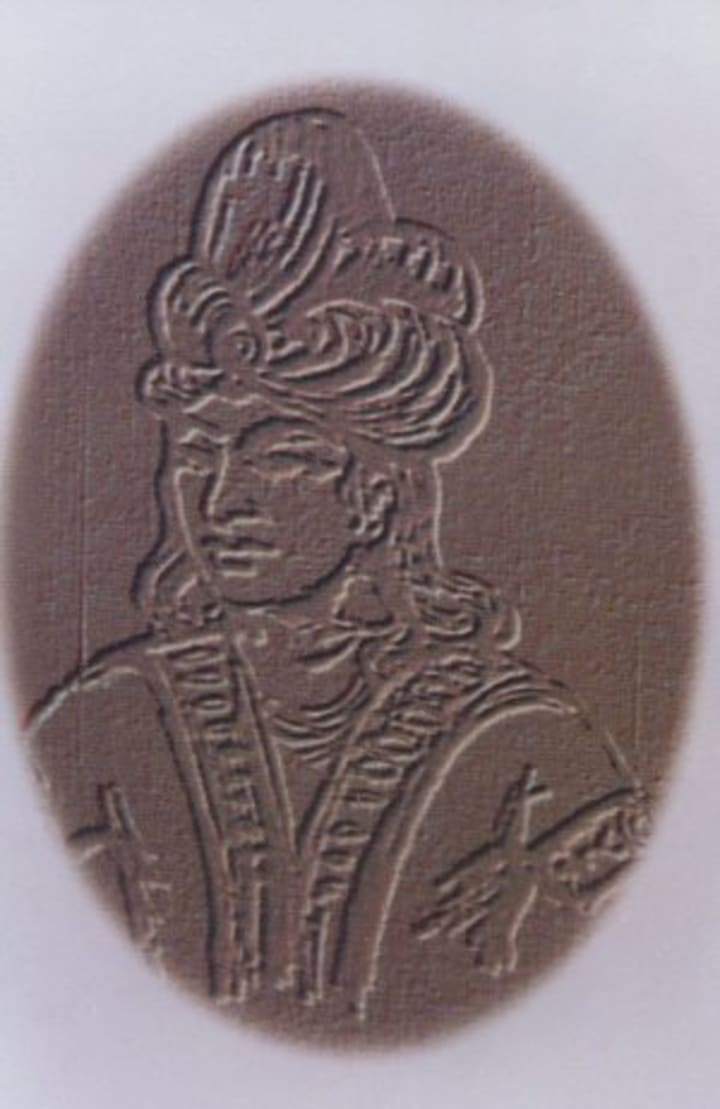
Emperor Ashoka as a great ruler of India and as promoter of Buddhism holds an important role in the history of the world.
About the Creator
Anmol Shukla
Writing gives me a freedom that I do not find anywhere else! #writing
〰️ Fiction (Horror/Thriller)
〰️ Non-Fiction (Nutrition and True Crime)
〰️ Poetry
Enjoyed the story? Support the Creator.
Subscribe for free to receive all their stories in your feed. You could also pledge your support or give them a one-off tip, letting them know you appreciate their work.






Comments
There are no comments for this story
Be the first to respond and start the conversation.